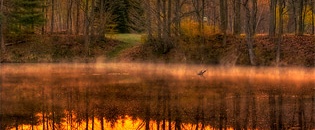
Photography Basics: Qualities of Natural Light
We all know that we need light to take pictures. If you’re planning to take pictures outdoors during the daytime, you might believe that light is the least of your concerns. While that might be somewhat true, many people don’t realize that natural outdoor lighting has an effect on the overall look of their pictures. […]














